We’re dreaming of warm sand and crystal-blue water of surreal beaches. That’s right — it’s time for a vacation along the coast. We put together a list of the best beaches in the world. Check out all the incredible locations, and plan your getaway now.
I was inspired by this Quora post.
01. Whitehaven Beach, Whitsunday Islands, Australia
ve_ro_sa / Getty Images
FUN FACT: In 2010, CNN named Queensland beach the #1 eco-friendly beach in the world.
02. Pfeiffer Beach, Big Sur, California
Flickr: pamocampo / Creative Commons
FUN FACT: The beach has strips and patches of purple sand, which comes from eroded manganese garnet that flows down from nearby hills.
03. Rabbit Beach, Lampedusa, Sicily
steffo27 / Getty Images
FUN FACT: The isolated grotto is, surprisingly, not home to rabbits, but you can find plenty of loggerhead turtles.
04. Oludeniz Beach, AKA The Blue Lagoon, Fethiye, Turkey
Nastya22 / Getty Images
FUN FACT: Oludeniz has been called the best paragliding spot in the world.
05. Byron Bay Beach, New South Wales, Australia
Rainmaker777 / Getty Images
FUN FACT: From June to November, Byron Bay is one of Australia’s best spots to see humpback whales.
06. Lanikai Beach, Kailua, Hawaii
Marisa Allegra Williams / ThinkStock
FUN FACT: “Lanikai” means “heavenly sea” in Hawaiian.
07. Maho Beach, Saint Martin
FUN FACT: The Caribbean beach abuts Princess Juliana International Airport, so planes fly low over sunbathers.
08. Boulders Beach, Cape Town, South Africa
Anna Omelchenko / Getty Images
FUN FACT: Over 2000 endangered African penguins call this sheltered beach home.
09. Fort Bragg Beach, California
FUN FACT: The beach at Fort Bragg is covered in smooth, vibrantly colored sea glass — the remnants from the 1960s when residents would throw their garbage over the cliffs.
10. Hyams Beach, New South Wales, Australia
FUN FACT: Hyams Beach holds a Guinness World Record for the whitest sand.
11. Bora Bora, French Polynesia
Vv-pics / Getty Images
FUN FACT: Hotel Bora Bora, built in 1961, comprised the first of the (now common) over-water bungalows.
12. Baio do Sancho, Fernando de Noronha, Brazil
Flickr: gjofili / Creative Commons
FUN FACT: Baio de Sancho was named the world’s best beach by TripAdvisor in 2014, but it is still a good spot for solitude since visitors have to climb through a tight crevasse, down a rickety ladder, and across slippery stone steps to get there.
13. Playa Paraiso, Cayo Largo, Cuba
Konstik / Getty Images
FUN FACT: The remote beach (translated as “Paradise Beach”) seems untouched primarily because it’s part of a nature preserve. It also has a very charming beach bar.
14. Los Roques, Venezuela
Dmitriyburlakov / Getty Images
FUN FACT: The archipelago was named a National Park in 1972 to preserve its coral reefs, mangroves, and seagrass beds.
15. Lover’s Beach, Cabo San Lucas, Mexico
FUN FACT: The remote cove is only accessible by water taxi.
16. Anse Source d’Argent, La Digue, Seychelles
FUN FACT: Cars used to be forbidden on the island of La Digue. They aren’t illegal any longer, but they are rare; tourists are strongly encouraged to go the way of the locals and rent bikes.
17. Palaui Island, Cagayan, Philippines
FUN FACT: The island is sparsely populated, with no resorts or hotels, so visitors (who have to trek through muddy and thorny landscapes) looking to stay overnight need to come with camp gear.
18. Andaman and Nicobar Islands, India
Like what you’re reading? Subscribe to our top stories.













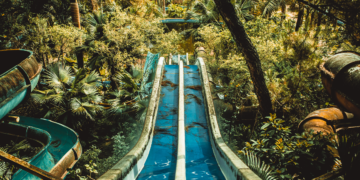






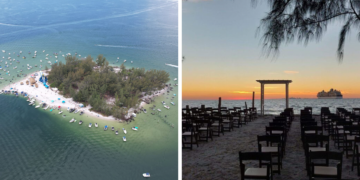
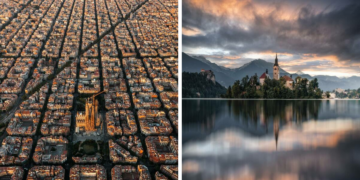
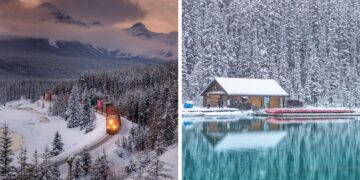
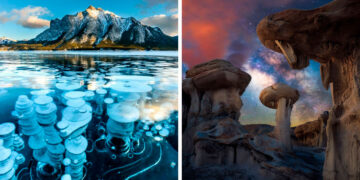

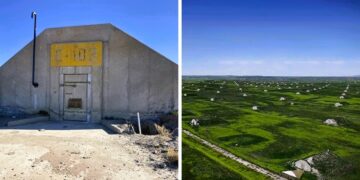







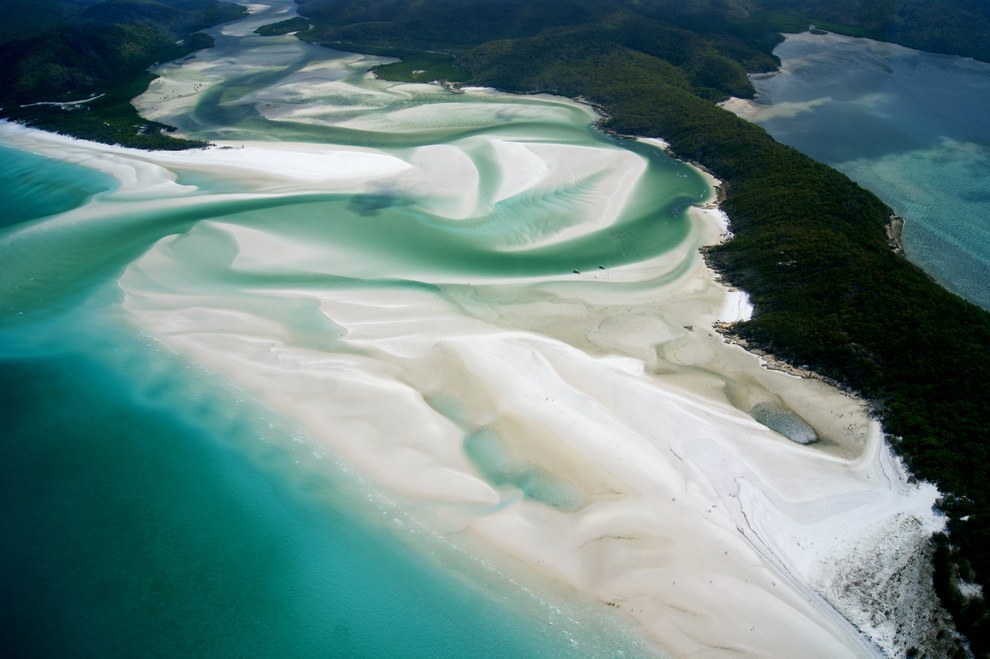
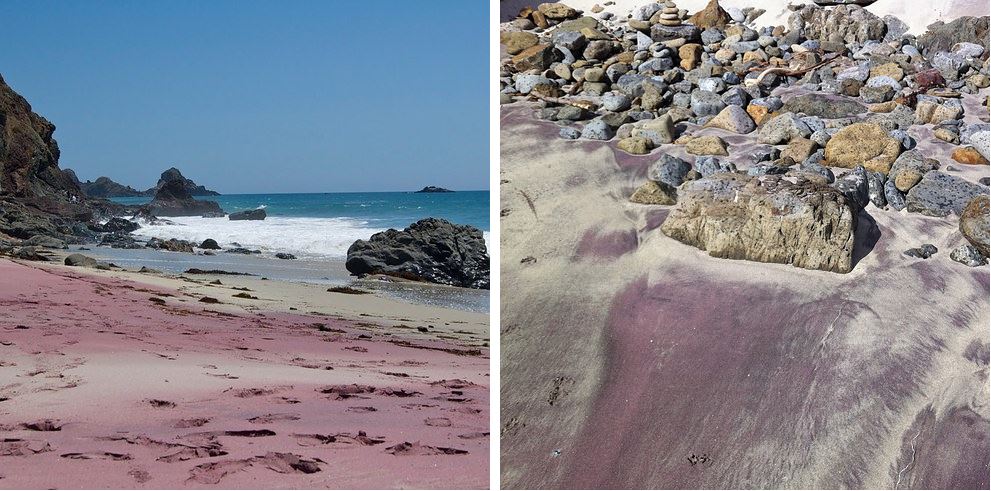
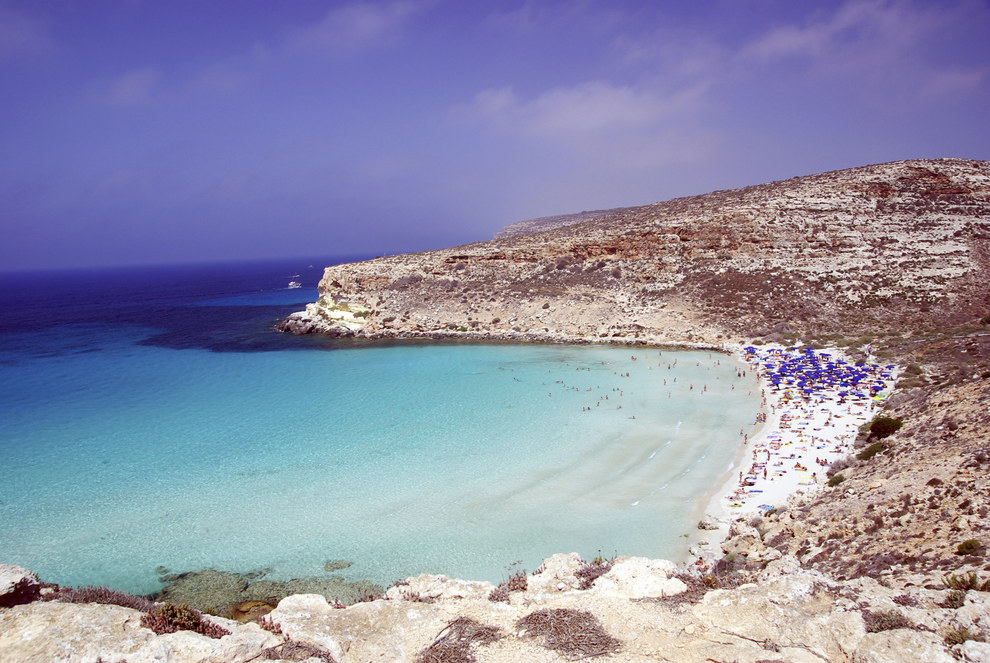
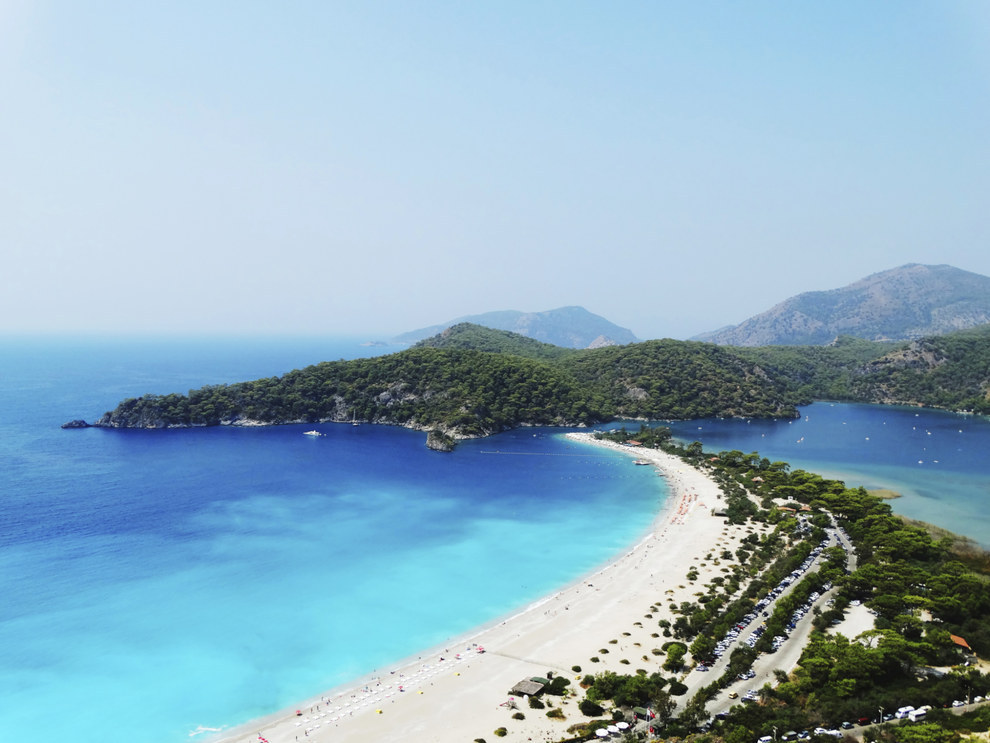
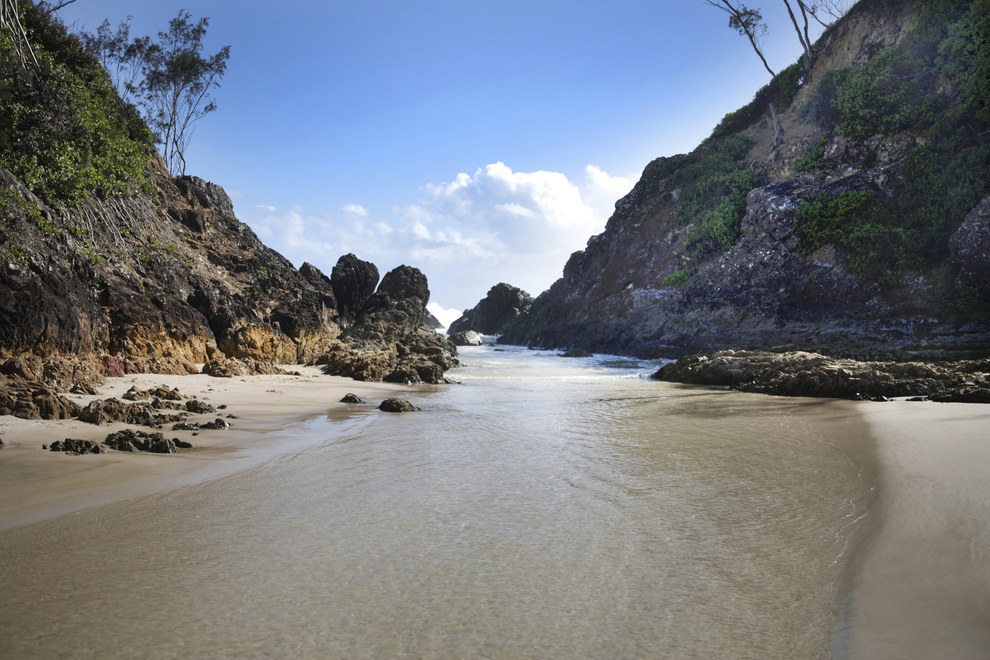
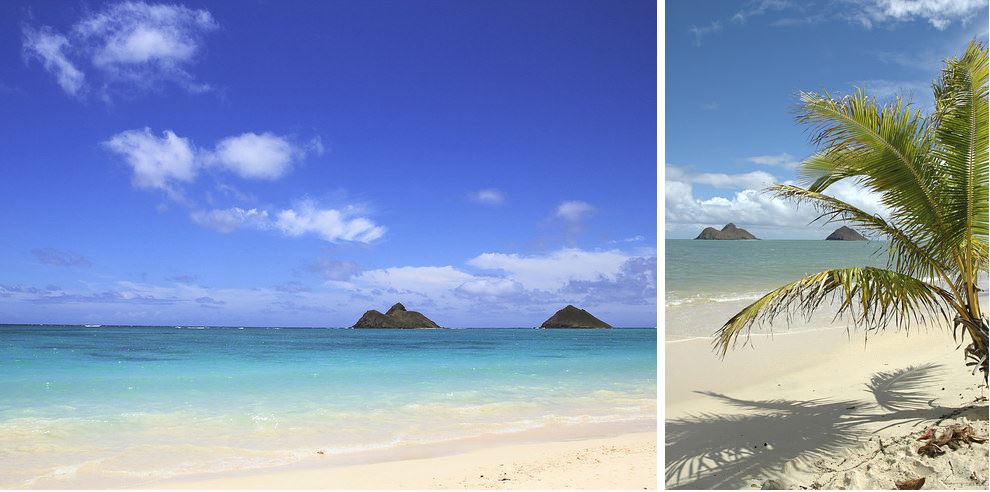
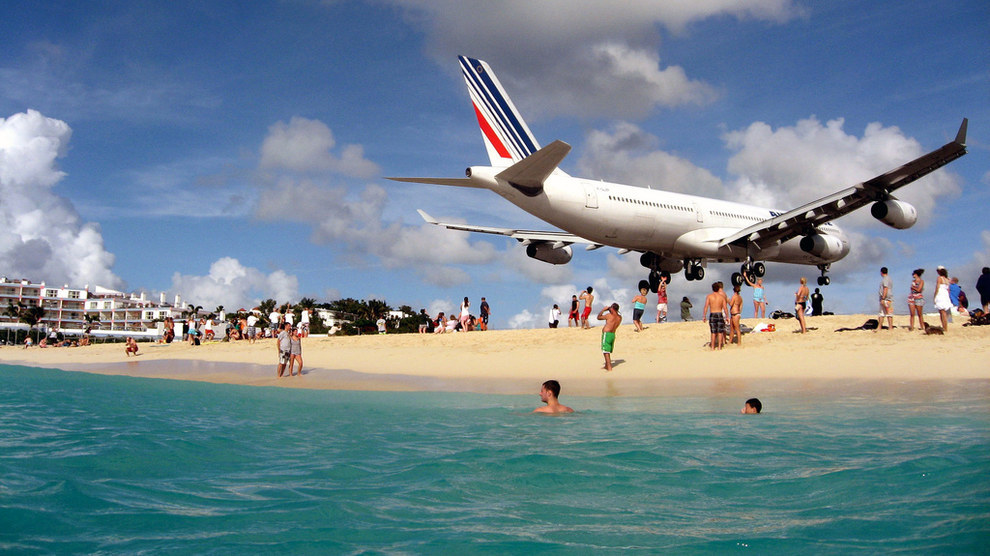
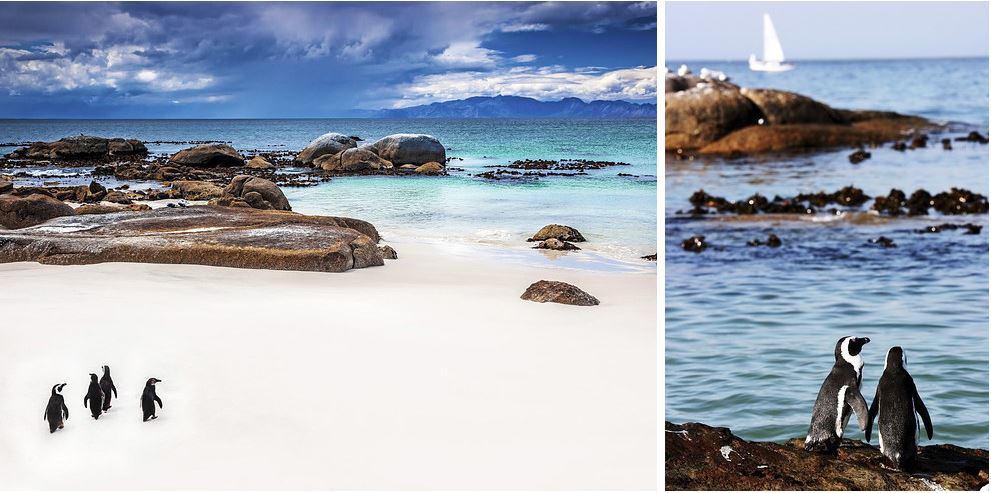
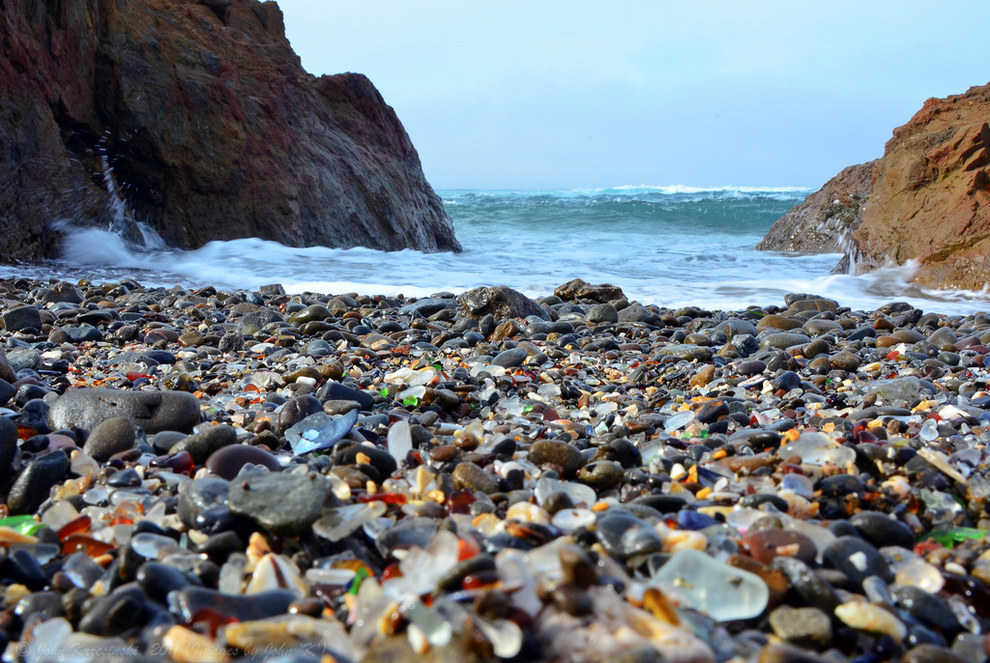
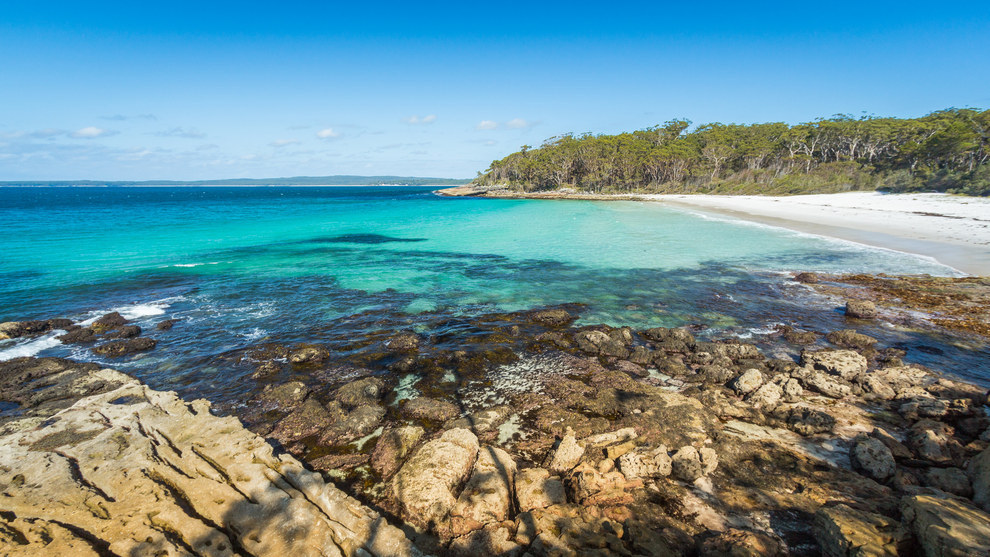
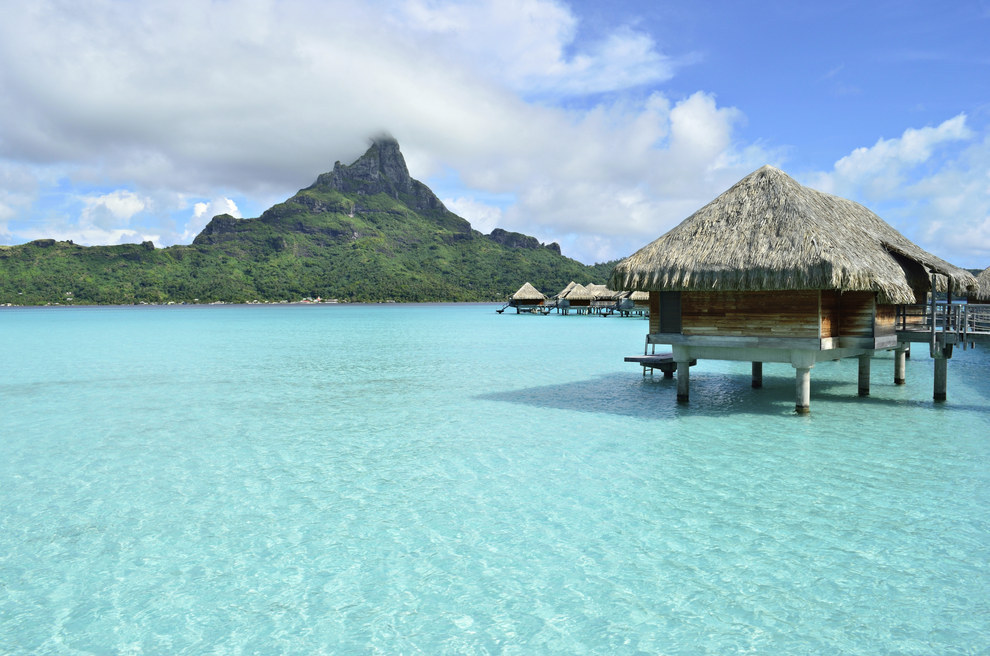
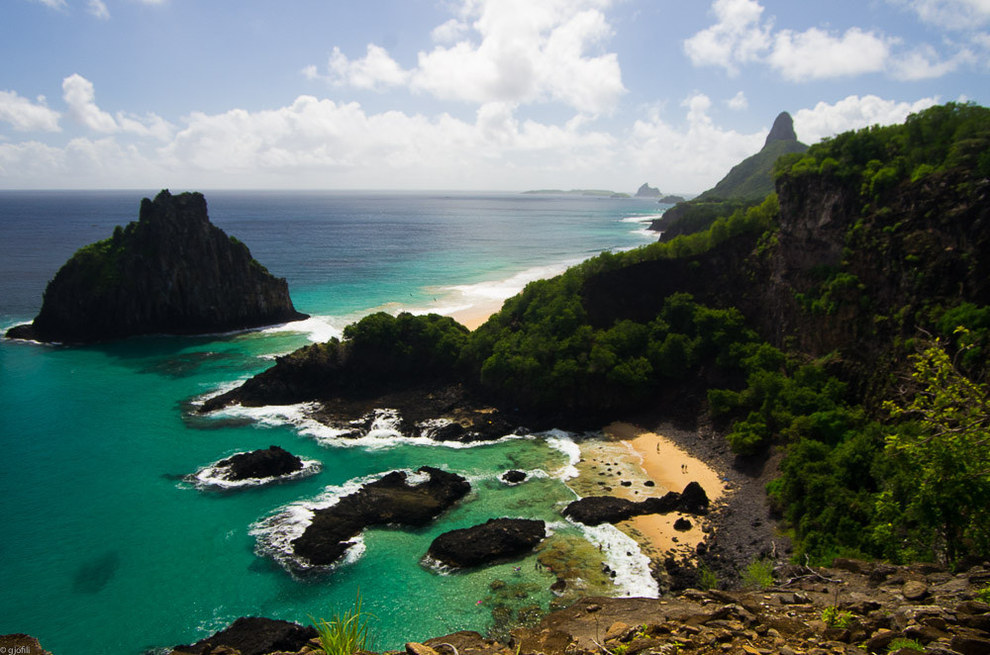
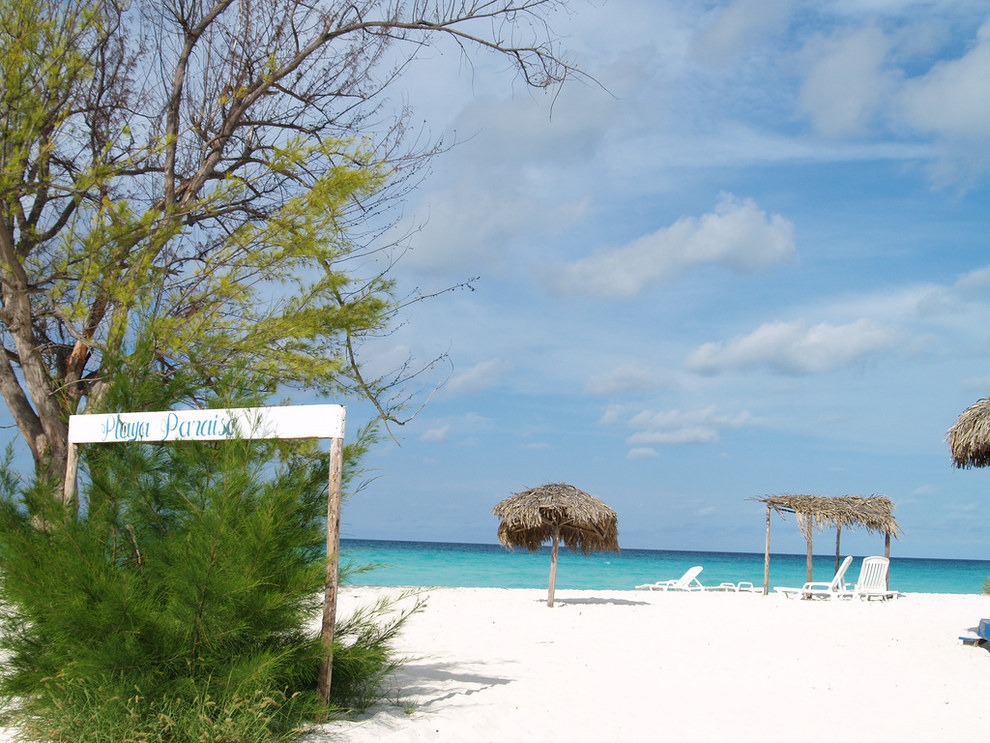
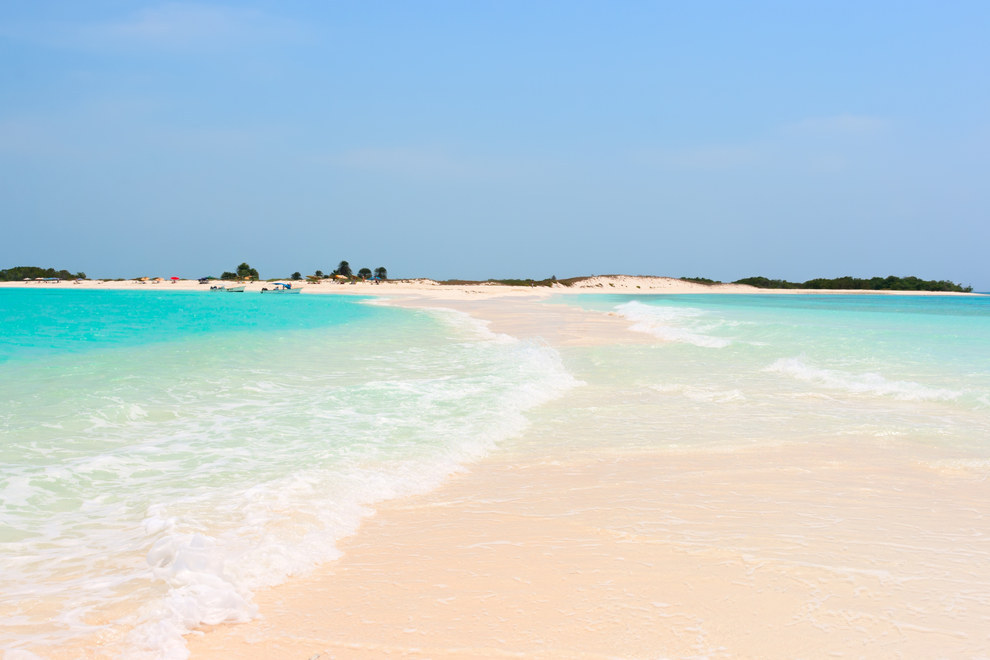
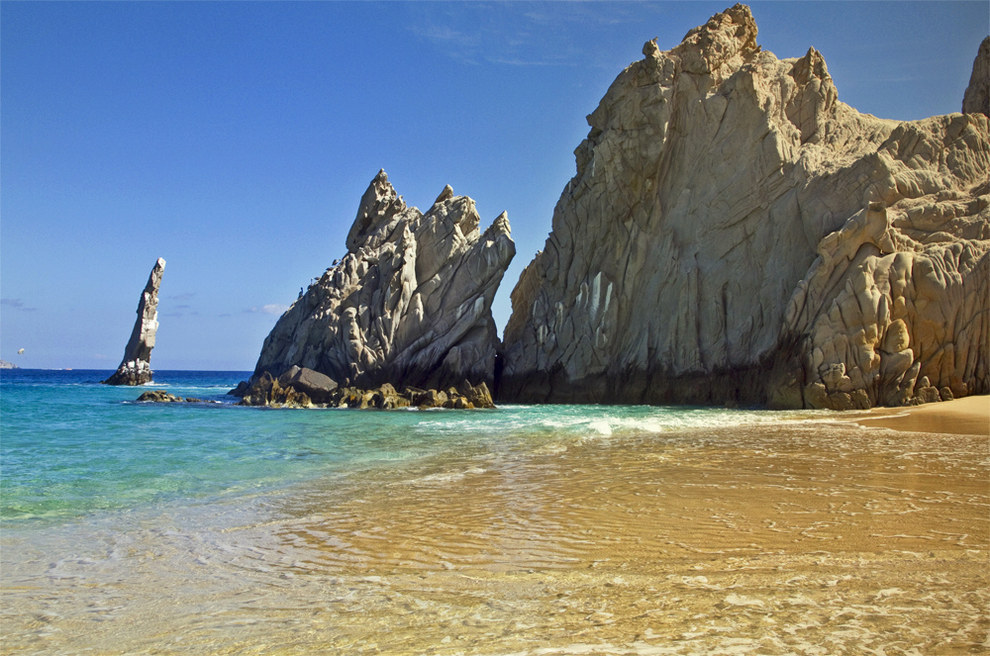
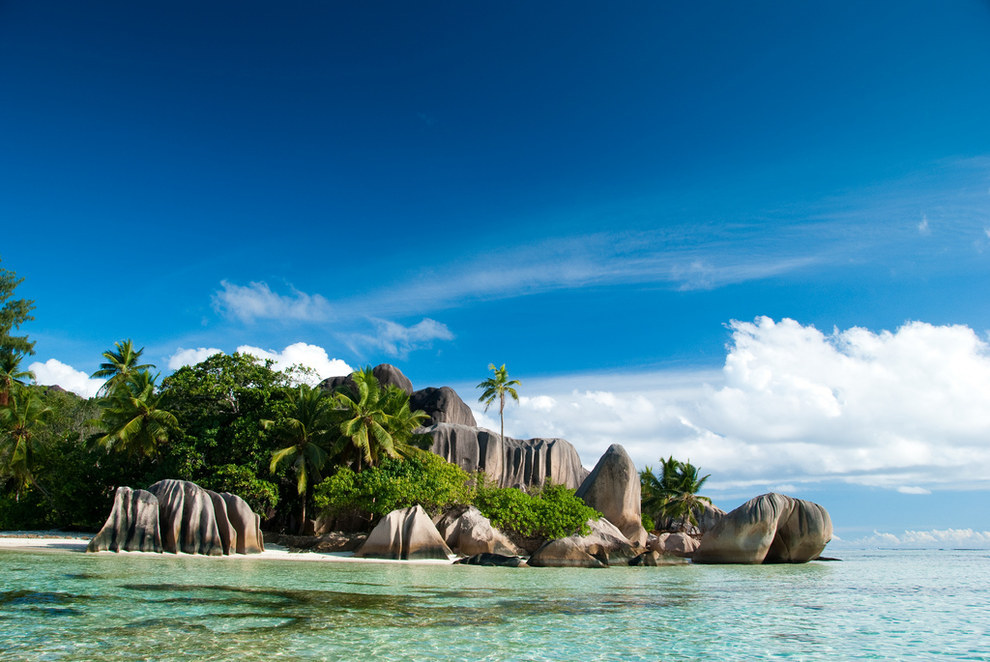
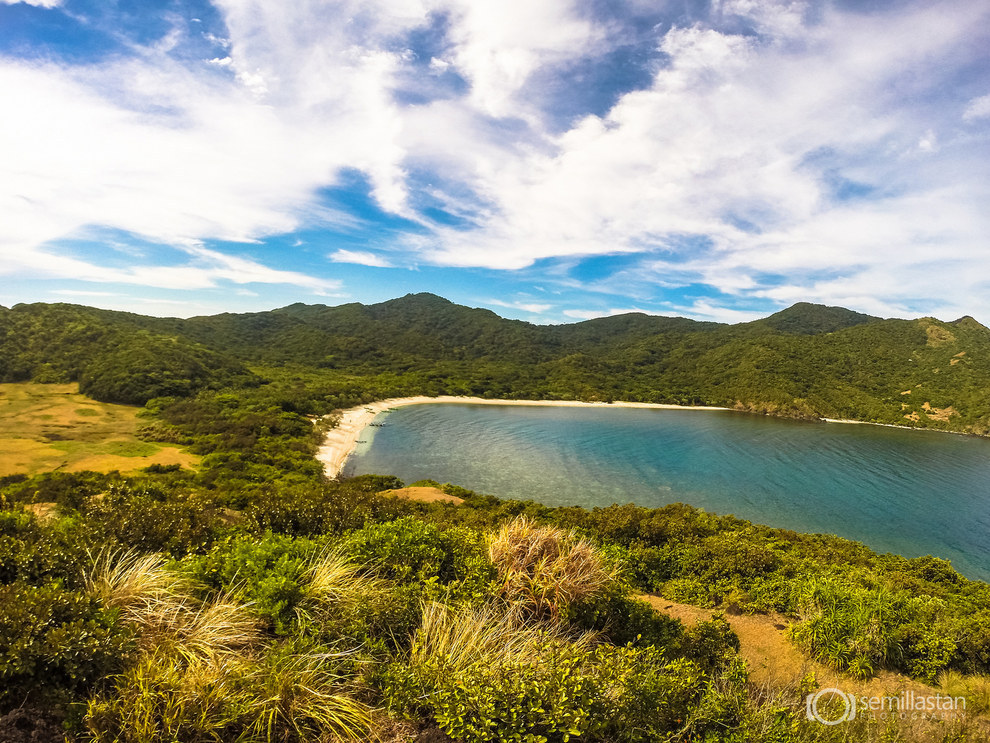
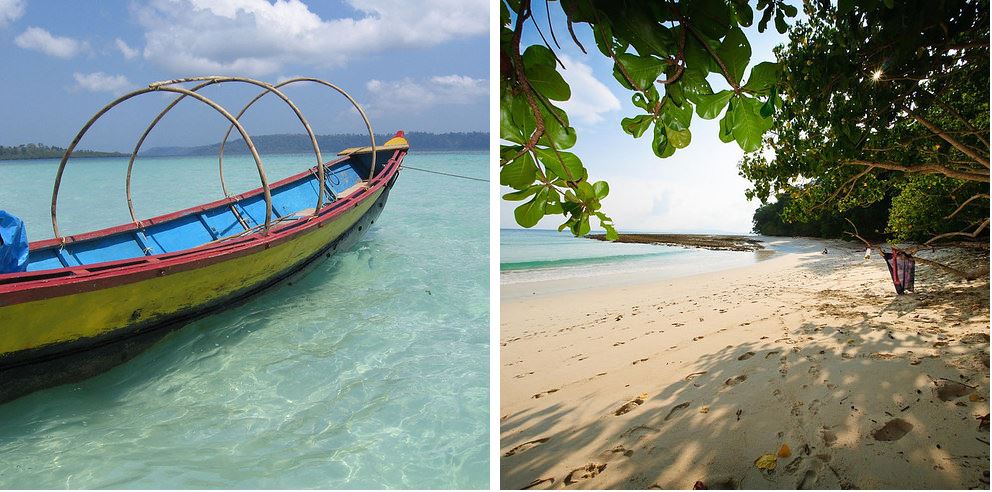








Discussion about this post